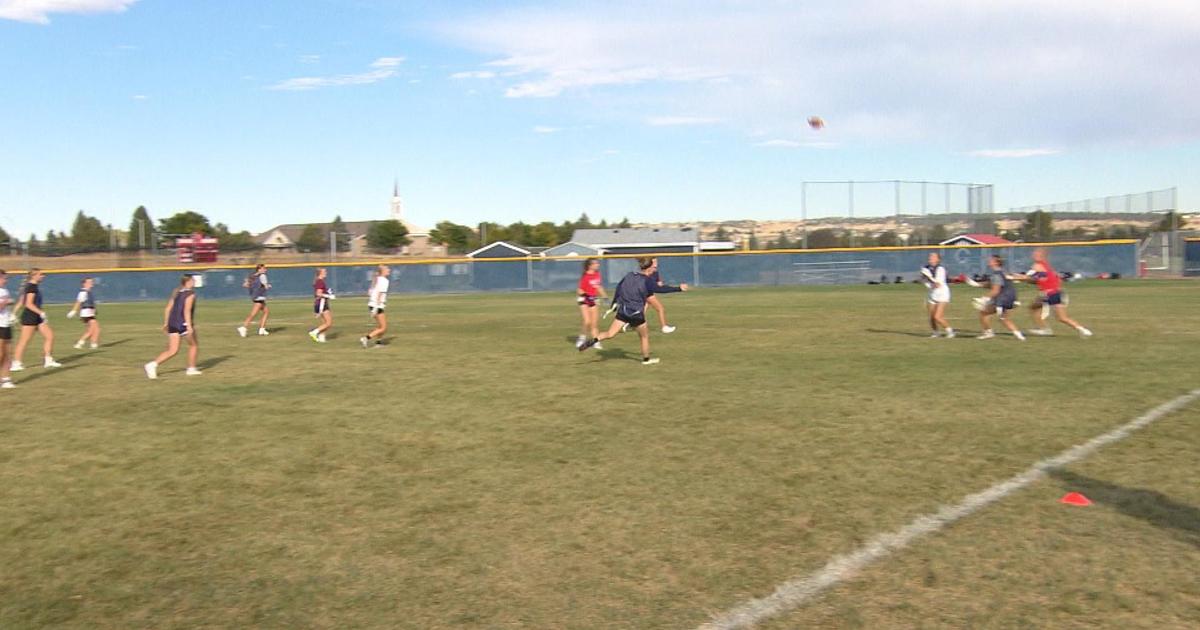Solar Flares Hardly Over
DENVER (CBS4) - And you thought it was over. Space weather forecasters say the solar storm that seemed to be more fizzle than fury got much stronger overnight.
Scientists say that is because the magnetic orientation of the storm flipped. It is now the most potent solar storm since 2004.
So far, no power outages or other technological disturbances have been reported from the solar storm that started on Tuesday. It reached Earth on Thursday morning at mild levels. But for several hours early Friday morning it turned strong.
The whole thing had the ring of a doomsday scenario. Giant, super-heated flares spitting out particles at millions of miles an hour, sending them hurtling toward earth.
No harm done. At least not to us.
"Luckily we have our own magnetic field which is kind of our deflection grid basically," said Dr. Dimitri Klebe, space science content specialist with Denver's Museum of Nature and Science. "But some of those particles actually find their way down toward earth and they can disrupt satellites. They can cause the aurora."
So we got some lovely northern lights out of it. There were concerns about whether there would be damage to the things we put into space.
"Now people have been designing satellites to protect them from this kind of thing," said Dr. Edward Krupp, director of the Griffith Observatory in California. "And there's a great deal that's done and can be done to do that. You kind of take defensive action."
Which may be a good idea.
"The sun goes through these cycles every eleven years where it goes from zero activity back to maximum and then goes back to zero activity again," said Dr. Klebe. "We are going to see more of this because we actually are getting into our maximum."
That's expected next year.
Experts are aware of storms about three times more powerful than the current one. They know when they are coming because in spite of the charged particles travelling at about four million miles an hour, they can see the sun spots flare on the sun because the visuals travel even faster at the speed of light. But it doesn't give us a lot of time.
The sun's magnetic fields create these super-super heated flares when they cause the gases to "If you've ever played with like magnets where you put them under a piece of paper and sprinkle the iron filings on it, and you can see magnetic field lines and everything. That's what's going on in the sun as well," said Klebe. "Eventually the field gets so strong that it snaps. And when it does that the energy from the magnetic field gets transferred to the heat of the gas. So that gas basically erupts in an explosion."
This solar ejection of charged particles hit earth with a glancing blow. The odds of it hitting the earth straight on are pretty remote, but there's always the possibility. That would make the effect stronger.
If that were to happen, the troubles for our satellites, power grids etcetera, might be a bit stronger. No doomsday, but the more technology we have, the more likely we are to be effected.




